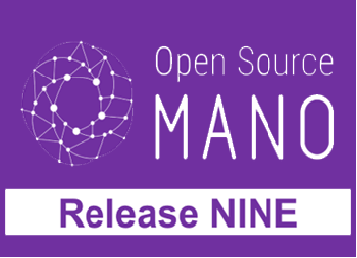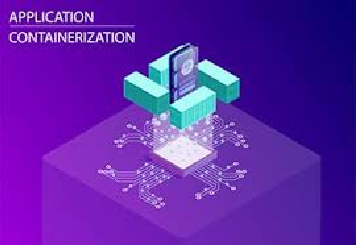ETSI announced the launch of OSM Release NINE . With an array of new features, this Release completes the alignment process with ETSI NFV specifications, culminating in native adoption of ETSI GS NFV-SOL006 for network functions and service modelling. Standardizing the onboarding process for VNFs into OSM fosters interoperability and boosts the growth of OSM’s VNF ecosystem. Release NINE coincides with the announcement of a new production deployment, confirming OSM as the most comprehensive open-source NFV orchestrator and a key enabler for zero-touch end-to-end network and service automation.
OSM Release NINE is the result of almost five years of development and part of the industry’s greater effort towards adopting standards, striving to ensure a healthy and diverse ecosystem of interoperable orchestrators, clouds, and network functions.
The ETSI group on Network Functions Virtualization (ETSI Industry Specification Group NFV) unveiled its first specification enabling containerized VNFs to be managed in an NFV framework. The ETSI GS NFV-IFA 040 specifies requirements for service interfaces and an object model for OS (Operating System) container management and orchestration.
ETSI GS NFV-IFA 040 describes the new functions required for the management and orchestration of OS containers, the Container Infrastructure Service Management (CISM) and the Container Image Registry (CIR). The CISM is responsible for maintaining the containerized workloads and manages the OS container, computation storage, network resources and their configuration. The CIR is responsible for storing and maintaining information of OS container software images.
The GS is supplemented by the first NFV Release 4 specifications ETSI GS NFV-IFA 010 and ETSI GS NFV-IFA 011 which provide enhancements of the specification of management and orchestration functional requirements, and extensions of the VNF package and VNF descriptor specifications respectively.







